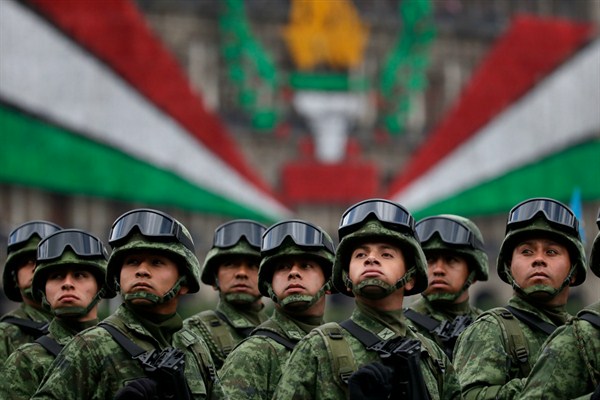In the middle of the night on June 29, 2014, the Mexican army massacred 22 civilians in a grain warehouse in the small town of Tlatlaya in central Mexico. The government claimed the soldiers had been attacked by members of a drug cartel and had opened fire to protect themselves. But witnesses and journalists told a different story. There was little evidence of a prolonged shootout, and Clara Gomez, whose 15-year old daughter was one of the victims, testified in court that she and other survivors had been tortured into backing the government’s version of events.
A year later, the leak of a military document dated early June 2014 detailed how officers were ordered by “high command” to “take down” criminals in Tlatlaya on the night of the killings. Gomez’s testimony strengthened evidence against the army, and ultimately seven low- to mid-ranking military officers were tried by a military court. One served a year in jail, while the remaining six were acquitted.
The Tlatlaya case is just one of the more notorious examples of abuses committed by the Mexican military since 2006, when then-President Felipe Calderon announced a war on drug cartels, authorizing an unprecedented surge of military might onto the streets of Mexico. This included more sophisticated equipment, including tanks and Blackhawk helicopters, expanded surveillance capabilities and temporary authorization for the military to take charge of civil policing in some regions where drug cartels reigned.

